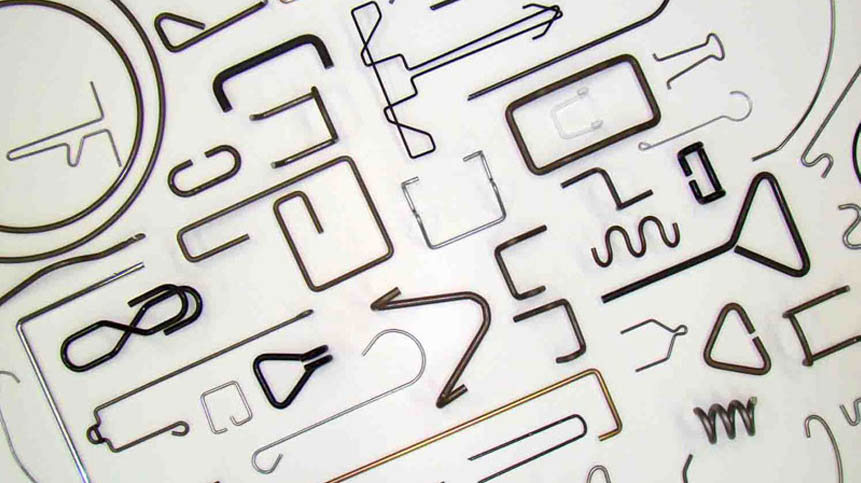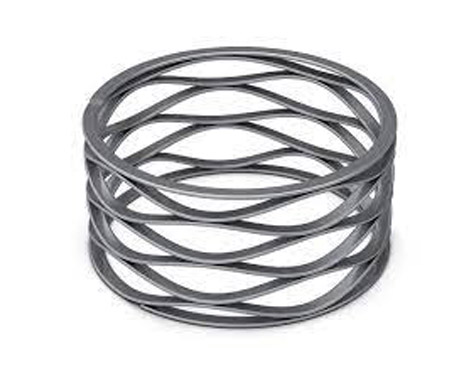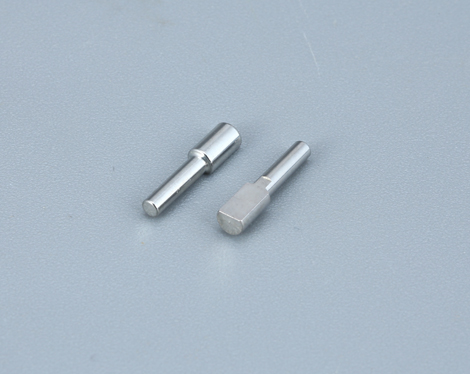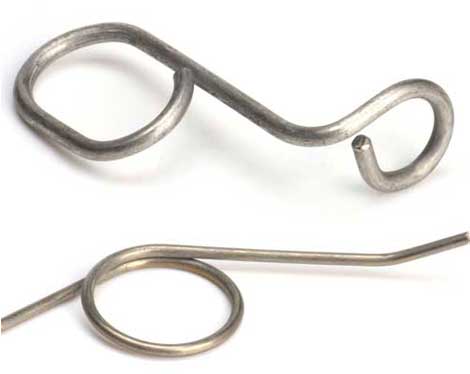In the intricate world of automotive manufacturing, every component plays a vital role in ensuring the vehicle's performance, safety, and aesthetics. Among the many techniques that contribute to crafting these components, metal stamping stands out as a remarkable fusion of art and science. This process not only requires precision machinery but also skilled craftsmanship to produce car parts that adhere to strict standards of quality, durability, and design.
Understanding Metal Stamping: A Brief Overview
Metal stamping is a manufacturing process that involves shaping flat sheets of metal into various forms, often used in creating car parts like panels, chassis components, and more. The process is marked by its ability to create intricate designs and complex shapes with remarkable precision. From simple metal stamping bracket to intricate grille patterns, metal stamping is a versatile technique that has revolutionized the automotive industry.
The Science Behind the Craftsmanship
Material Selection
The foundation of successful metal stamping lies in choosing the right material. Different car components demand different properties like strength, durability, and resistance to corrosion. Engineers meticulously select the appropriate metal alloy to ensure the final part meets performance expectations.
Die Design and Fabrication
Creating a die that accurately shapes the metal is a critical step. This involves computer-aided design (CAD) and computer-aided manufacturing (CAM) techniques to create intricate die patterns. The die fabrication process requires high precision machinery and skilled technicians.
The Art of Precision
Craftsmanship and Skill
While technology and machinery play a pivotal role in OEM stamping metal parts, the human touch remains indispensable. Experienced technicians monitor the process, making adjustments as needed to ensure that each stamping operation results in a flawless car part.
Innovation in Design
Metal stamping not only requires replicating existing designs but also pushing the boundaries of innovation. Designers work closely with engineers to create unique and aesthetically pleasing car components that also meet safety and performance criteria.
Challenges and Innovations
Precision in metal stamping isn't without its challenges. Ensuring consistency, minimizing waste, and adapting to the evolving demands of car design are constant considerations. However, the industry has responded with innovative solutions such as:
Simulations
Advanced simulation software helps predict potential issues in the stamping process, reducing trial and error. This leads to fewer defective parts and quicker production cycles.
Hybrid Techniques
Combining metal stamping with other methods like hydroforming and laser cutting allows for the creation of parts with complex geometries while maintaining precision.
The Road Ahead
As automotive design continues to evolve, the demand for intricate and lightweight car components will increase. Metal stamping, with its ability to meet these demands while maintaining precision, is poised to remain a cornerstone of car manufacturing. The convergence of artistry and engineering will continue to drive innovation in the metal stamping process, ensuring that vehicles not only perform optimally but also look stunning on the road.
The art and science of metal stamping car components exemplify the fusion of technology and craftsmanship in modern manufacturing. This process, marked by precision, innovation, and attention to detail, shapes the vehicles we drive. As the automotive industry continues to progress, metal stamping will remain an essential tool in creating vehicles that are not only functional but also visually captivating.


 English
English 

